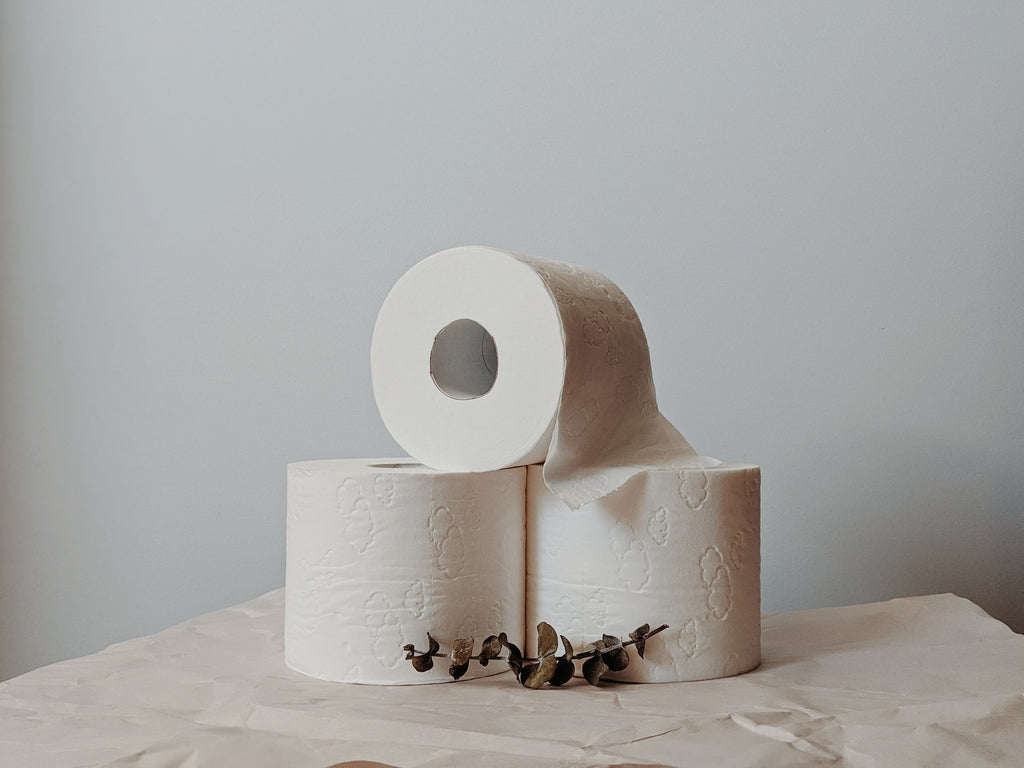
TLDR
Imagine a life without toilet paper. Go ahead – imagine a life without the household staple we use to wipe bottoms, blow noses, remove makeup, or mop up spills. Most of us likely don’t even realize how vital toilet paper is to our daily lives or how many choices we really have.
Using about 94 rolls annually, the average American family spends nearly $120 on toilet paper per year. Due to the toilet paper roll rate of 24 per person, this industry is worth more than $30 billion worldwide.

We consumers may feel as though our toilet paper options are endless. In reality, relatively few companies own most brands, but the market monopoly is consistently growing. The main types of toilet paper out there include:
- 1 Ply toilet paper
- 2 Ply toilet paper
- 3 Ply toilet paper
- Recycled toilet paper
- Tree-free bamboo toilet paper
- Biodegradable toilet paper
- Unbleached toilet paper
In this blog, we’ll take a closer look at a few the different types of toilet paper in depth.
1. 1 Ply Toilet Paper
The most commonly known feature about toilet paper is typically its ply. “Ply” refers to the layers of sheets in toilet paper. 1-ply toilet paper is thinner and more cost-effective, but people tend to opt for 2 or 3-ply toilet paper for a softer, thicker feel.
2. 2 Ply Toilet Paper
2-ply toilet paper is considered a step above 1-ply paper as it’s made with two sheets of paper. It’s generally softer and thicker in the feel, making it more desirable.
3. 3 Ply Toilet Paper
As you can imagine, 3-ply is often considered ultra plush and comfortable because of how many layers it provides for a wipe. These tend to be more durable and absorbent, making it an excellent choice for the bathroom. However, if you don’t have toilet paper that’s made of material that will break down easily in septic tanks, more ply can cause harm.
Also, if your toilet paper isn’t made of eco-friendly materials, more ply can cause harm to the environment.
4. Recycled Toilet Paper
The average American uses around 20,000 sheets – or 50 pounds – of toilet paper per year. Think about how many trees that would be if we only used virgin toilet paper. Studies show that recycled toilet paper saves trees, uses less water in production, and reduces energy consumption by 28%-70% compared to virgin paper.
Benefits of Recycled Toilet Paper
Every ton of recycled paper saves at least 30,000 liters of water and 3,000-4,000 kilowatts of electricity, which is enough energy on average to power a three-bedroom house for one year. Recycled paper towels and toilet paper also save up to 95% of air pollutants created during production.
5. Tree-Free Toilet Paper
Tree-free toilet paper is made not from trees but from other fibers like renewable bamboo, sugarcane or a combination of them. Bamboo gives the toilet paper strength, and sugarcane fibers add to softness.
Bamboo fibers are soft, durable, and absorbent, which makes them ideal for household paper products. Family-owned farms in China grow the seedling bamboo without fertilizers or pesticides, and unlike other harvested bamboo, seedling bamboo is not a source of food for pandas.
In the sugar-making process, manufacturers extract juices from the sugarcane husk. Instead of burning the husk remains and contributing to air pollution, they use the dry, fibrous husk – known as bagasse – to make toilet paper. They pulp and bleach the bagasse without using chlorine, and then they weave the fibers into paper.
Benefits of Tree-Free Bamboo Toilet Paper
Tree-free paper is a more efficient alternative to traditional types of toilet paper because bamboo and sugarcane regenerate more rapidly than trees. Bamboo grows back in as little as three to four months, whereas trees can take up to thirty years.
Paper made with sugarcane and/or bamboo also biodegrades faster than regular wood pulp paper and is made from non-virgin plants. As a result, the resources needed for tree-free toilet paper are more abundant and require much less energy to produce.
Finally, tree-free paper is biodegradable, septic safe, hypoallergenic, BPA-free, fragrance-free, paraben-free, panda friendly, and verified non-GMO. Not to mention, it’s a septic safe toilet paper. With all of these benefits, it can be considered the strongest, safest, and most sustainable toilet paper roll on the market.
6. Biodegradable Toilet Paper
Technically speaking, all toilet paper – whether made from virgin pulp, recycled paper, or bamboo and sugarcane – is natural and therefore biodegradable. Standard toilet paper, though, requires more water and takes longer to break down than true biodegradable toilet paper.
Benefits of Biodegradable Toilet Paper?
True biodegradable toilet paper is not as bulky, takes up less space in your septic tank, and is naturally septic safe. The number one thing you will want to look for with biodegradable toilet paper is thickness: A thicker ply may be softer but will take longer to biodegrade. A single ply will be gentler on septic system but less so on your sensitive areas.
Biodegradable bath tissue also offers options specifically designed with campers and hikers in mind. The compact packaging will easily fit into most backpacks and usually doubles as a dispenser.
You have quite a few options in the biodegradable toilet paper section, so you can choose different plies and packaging to fit your lifestyle and needs.
7. Unbleached Toilet Paper
Most companies use a chlorine bleaching process to make the toilet tissue white. Chlorine can produce dioxins and other cancer-causing pollutants, which is not only bad for the environment but also our health.
On the other hand, unbleached toilet paper looks different and can be harsh to the touch.
Bleached vs Unbleached Toilet Paper
The most notable difference between bleached versus unbleached toilet paper is their affect on women’s health. The chlorine used to bleach the typical toilet paper brand can cause toxins to enter the body through the wiping process and cause serious illness or cancer later in life.
Studies show that the formaldehyde (a known carcinogen) found in standard brands of toilet paper can lead to chronic vulvar irritation. Many fragrances and dyes in bathroom tissue can cause serious medical issues if they enter the bloodstream.
Further, unknown fragrances can cause serious allergic reactions or even lead to death if an individual has an allergy to a specific fragrance or dye. Consider all factors involved in the bleaching process before buying a standard toilet paper brand. Unbleached toilet paper is your safest option.
What Are Some Toilet Paper Alternatives?
In this day and age, with the coronavirus running rampant, you may think the entire world is at a loss due to a serious shortage of toilet paper. In fact, 70% of the world doesn’t even use toilet paper. Shocking, right? Here are a few popular toilet paper alternatives around the world.
Bidet
A bidet is your best toilet paper solution to reduce bathroom tissue usage. A bidet is a French invention that washes your private areas so that you have no need for bath tissue. You just towel yourself dry afterward, or you can opt for fancier versions that will blow you dry instead. You can also get bidet attachments for your very own toilet if your toilet is compatible.
Tabo
The tabo is another great alternative to traditional toilet paper. The Filipino invention involves using a plastic scoop to pour soap and water over your bottom until you are satisfactorily clean. Don't worry if you don't know the proper procedure – you can find numerous YouTube tutorials explaining the process in depth.
Newspaper
Gen Xers and baby boomers might recognize our next toilet paper alternative: the standard magazine or newspaper. In a time that is unknown to most younger generations, the Sears Roebuck catalog kept the majority of Americans clean and well-read in the outhouse.
The only drawback was that if you forgot to tear out your favorite page before the next visitor, you’d have lost the page forever.
Among other less-than-ideal toilet paper alternatives from the old-school outhouse days is, according to Farmers’ Almanac, the corncob. Residents who lived several miles from the nearest town often had to make do with corncobs. Surprisingly, though, the corncob reigned in many Western states even after the invention of toilet paper.
The Best Toilet Paper for the Planet
Toilet paper has evolved infinitely throughout history. As our awareness of our impact on the planet grows, we hope that toilet paper continues to evolve to more ethical and sustainable alternatives. But until then, know that you have options (like Reel Paper’s 100% bamboo toilet paper) to reduce your carbon footprint and keep your tush happy. The best part? We don't sacrifice quality. Each toilet paper roll is ultra soft and good for your toilet. Plus, we have a line of fun toilet paper for kids that makes it easy to teach them about the importance of sustainability.
For more uncommon knowledge about everyone’s favorite household item, sign up for our newsletter!
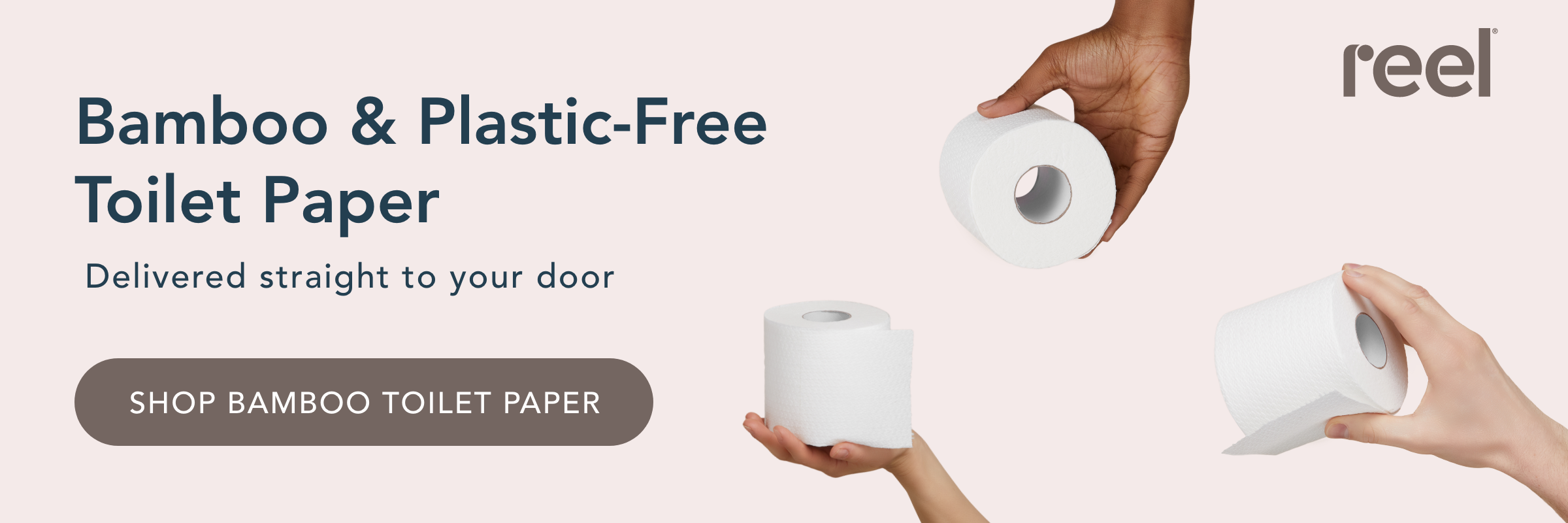
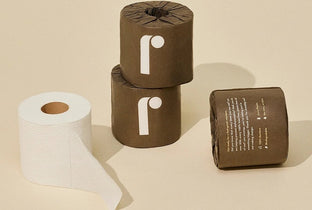
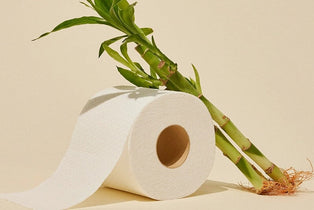
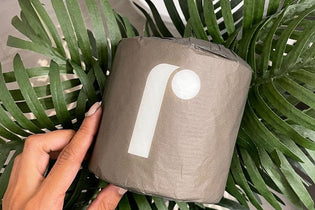
2 comments
Amaala on
Susan H Lamica on